Arda Inal-ipa on Safeguarding Sukhum's Architectural Legacy Amidst Modernisation
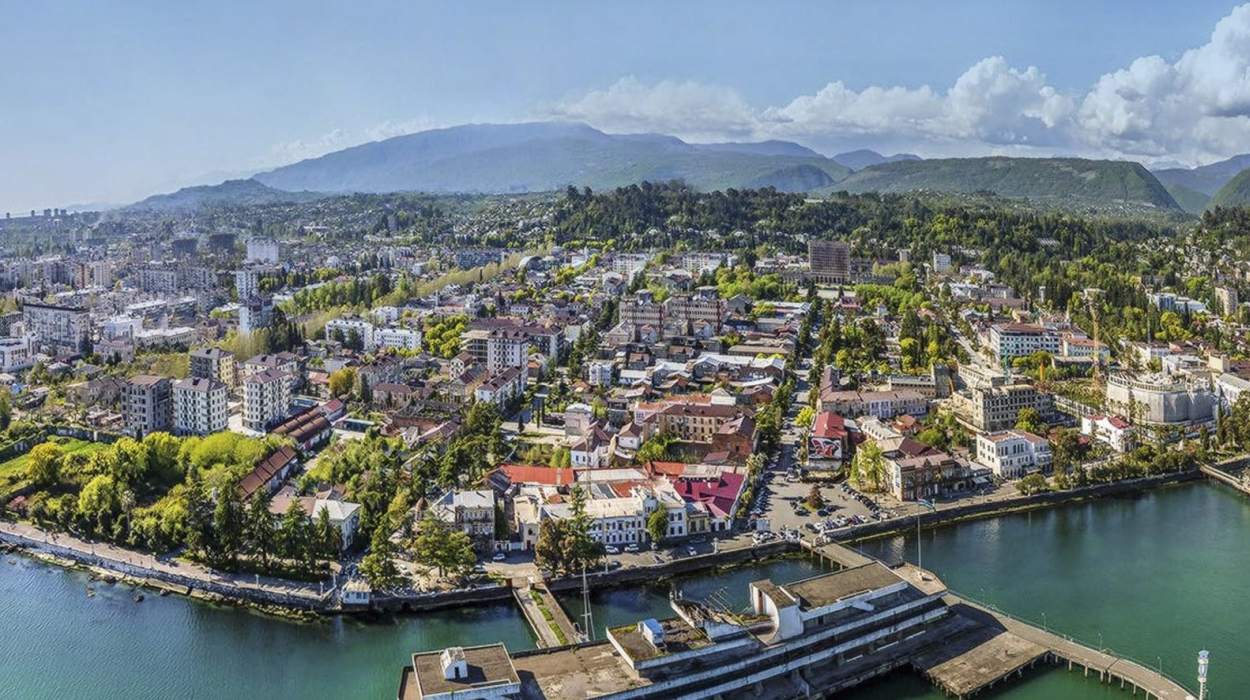
The City of Sukhum, Abkhazia.
In this compelling interview, we are honoured to have the insightful perspectives of Arda Inal-ipa, Deputy Director at the Centre for Humanitarian Programmes in Sukhum. A passionate advocate for responsible urban planning, Arda Inal-ipa provides a unique lens into the delicate balance of urban development in Sukhum - a city rich in architectural heritage and history. Through her eyes, we explore the future of the city, considering both the challenges of modernisation and the significance of preservation. From the contentious issue of high-rise construction in the city centre to the importance of maintaining Sukhum's unique aesthetics, this conversation offers an in-depth understanding of the pivotal role urban planning plays in shaping the city's future.
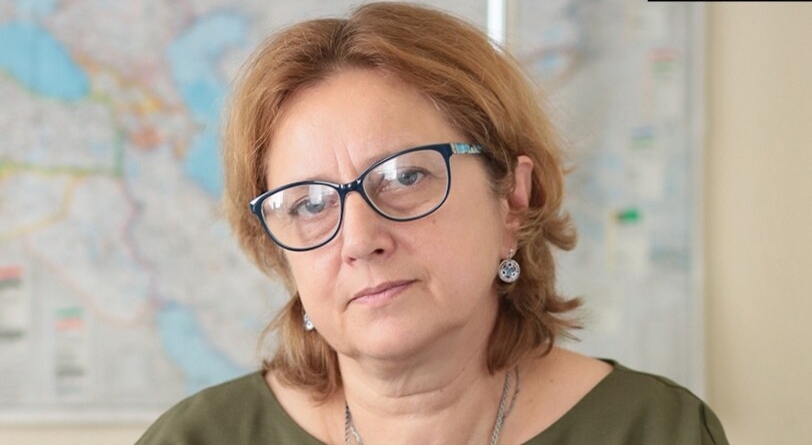
Arda Inal-ipa, Deputy Director at the Centre for Humanitarian Programmes in Sukhum.
How do you assess the changes in the architectural appearance of the city over the past 15-20 years?
― Fortunately, Sukhum has managed to avoid the catastrophic alterations that have virtually destroyed the traditional facade of the resort city, Sochi. However, it wasn't due to a thoughtful urban policy that we were spared, but rather the absence of reckless capital.
Over time, the city has gradually healed its war-inflicted wounds and slowly regained its former charming aesthetic. The restoration of the significantly damaged Ritsa hotel symbolised the revival of our famous promenade which, despite the rapid growth of the hotel and restaurant businesses, has managed to maintain its unique look. Landmark buildings such as the 10th Mountain and 2nd schools, the capital's Administration building, the Abkhazian Drama Theatre, the Philharmonic, the Botanical Garden Administration building, the "Tquarchal" ("Oriental") hotel's facade, and the Supreme Court building have all been restored, thereby becoming significant highlights. The restoration of the rundown Aloisi villa is nearing completion. New compositional elements have emerged, skillfully integrated into the space, for instance, at the end of the promenade near the Red Bridge. The new "Leon" hotel has seamlessly become a part of the cityscape.
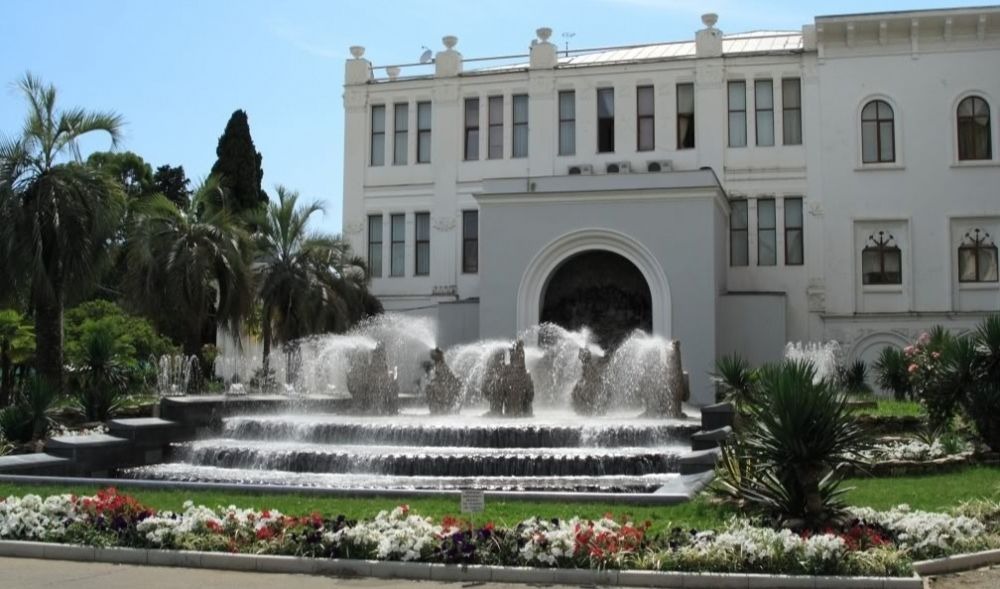
Regrettably, during the same period, unforgivable mistakes were made, and there were significant losses. Some officials and businesspeople treated war-damaged historical and cultural heritage sites as ordinary buildings and, with indifference, demolished their noble walls. Consequently, we irrevocably lost the Averkiev house, the ABIGI building, the former teacher training institute, the balneary, and many other historical and architectural monuments. These monuments undoubtedly needed preservation - some could have been restored, others creatively incorporated into the urban space. I am confident that our architects and artists would have excelled at such a creative challenge.
The city suffered significant damage due to the illegal decision of the People's Assembly to effectively strip the Sukhum fortress of its protected status. This decision led to the construction of six-story residential buildings on the fortress grounds, visually dominating this invaluable historical monument, the historical centre of our capital. This residential district remains an alienated quarter, as it fails to blend into the setting of the old town. We believed such unforgivable mistakes would serve as a cautionary tale for developers, but it seems we were deeply mistaken.
What, in your opinion, should never be allowed in construction, particularly in the historical centre?
― There are cities that can and should undergo radical transformation and renewal. However, our city is an entirely different case. Here, our primary task is to preserve the valuable heritage for which we are custodians.
The history of our city spans millennia - this is not an exaggeration. Even though only the Sukhum fortress and Bagrat's castle remain as monuments of ancient architecture, excluding the remnants of walls and towers submerged under the sea, the city's past is extensive. It has been built up, developed, and destroyed in fierce battles and fires many times over. But each time, it has invariably been revived, preserving the elegant geometry of the streets laid down in ancient times.
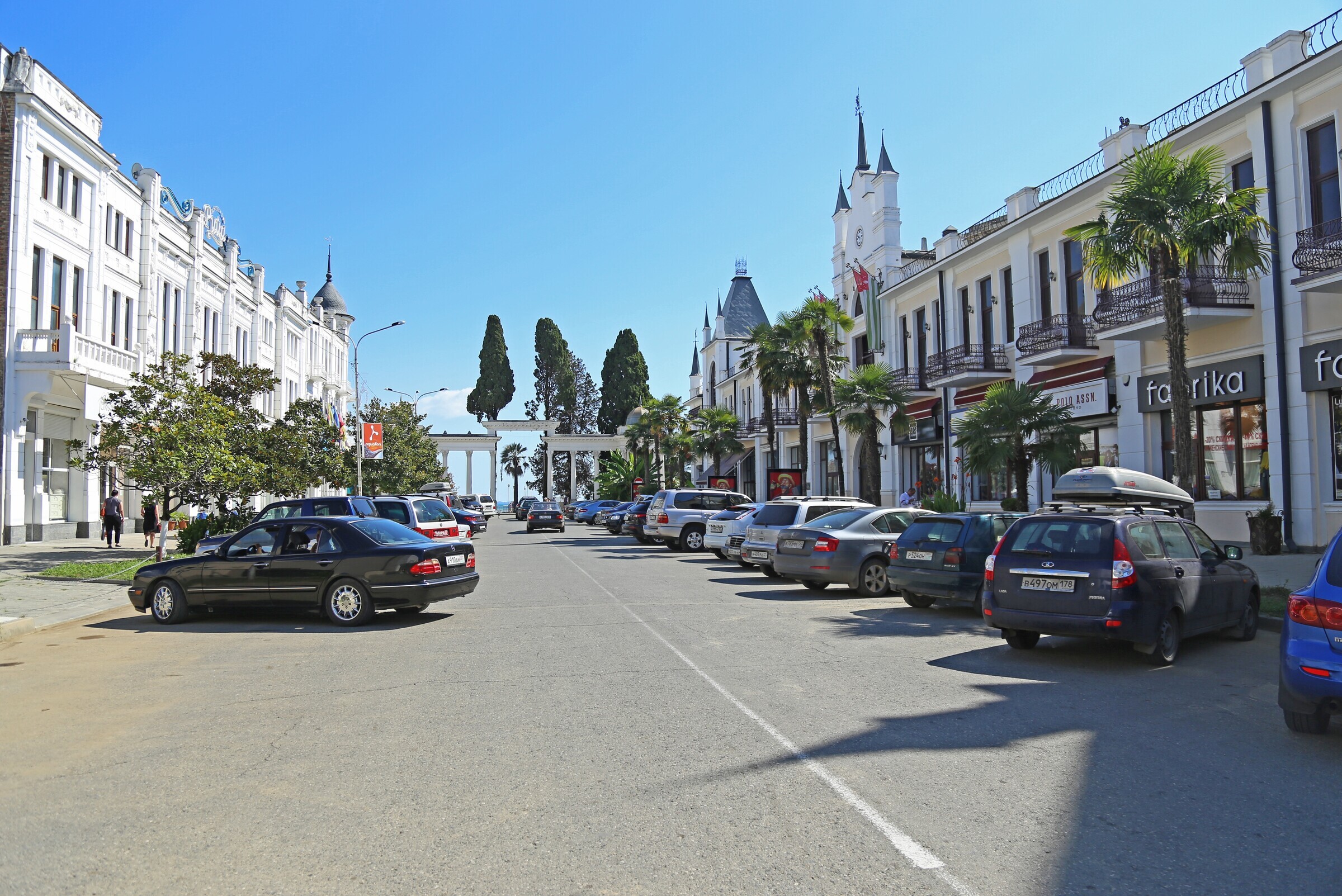
Today, the historical centre of Sukhum fundamentally represents a single architectural ensemble. It took shape by the end of the 19th – beginning of the 20th century, during which dozens of buildings were harmoniously integrated during the Soviet era, maintaining the overall logic of urban space development.
Ultimately, the city centre, without hyperbole, represents an aesthetically valuable object of historical and cultural heritage. This fact places upon us special obligations for its preservation and sensible development.
The value of Sukhum's centre lies not just in the beauty of the facades of historical buildings, which undoubtedly should remain as its architectural dominants, but to an even greater extent - in the elegant proportions of the spatial organisation of the urban environment, and in the unity of the city ensemble.
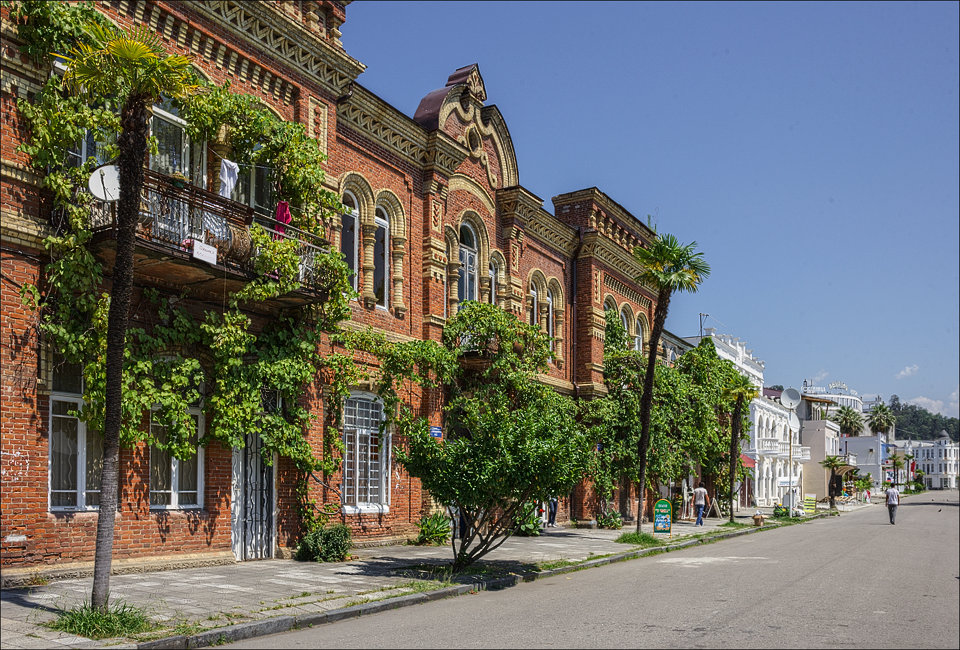
A significant characteristic of Sukhum is its harmonious integration into the natural environment. It is nature, with its mountain range and sea bay, that sets special proportions and boundaries for Sukhum, which the city embraces with its white-stone promenade. All these elements contribute to the unique face of the city.
For those who fail to recognise the beauty of Sukhum, it might be worthwhile to frequently remind them of the words of world-renowned director Alexander Sokurov: "I am simply amazed by the city, its beauty and architecture. I think UNESCO should include Sukhum in the list of world heritage cities. I have not seen anything like Sukhum not only in the territory of the former Soviet Union but also in Europe."
So, returning to your question, I believe that any construction in Sukhum that disrupts the existing harmony and proportions is unacceptable. This includes disrupting the intentionally low-rise architecture, which allows for a breathtaking perspective of the mountains from the sea, and equally stunning sea landscapes from the mountains and the northern part of the city. I maintain that new buildings should not compete with historical architectural dominants, as doing so would simply destroy the established image, the identity of the city.
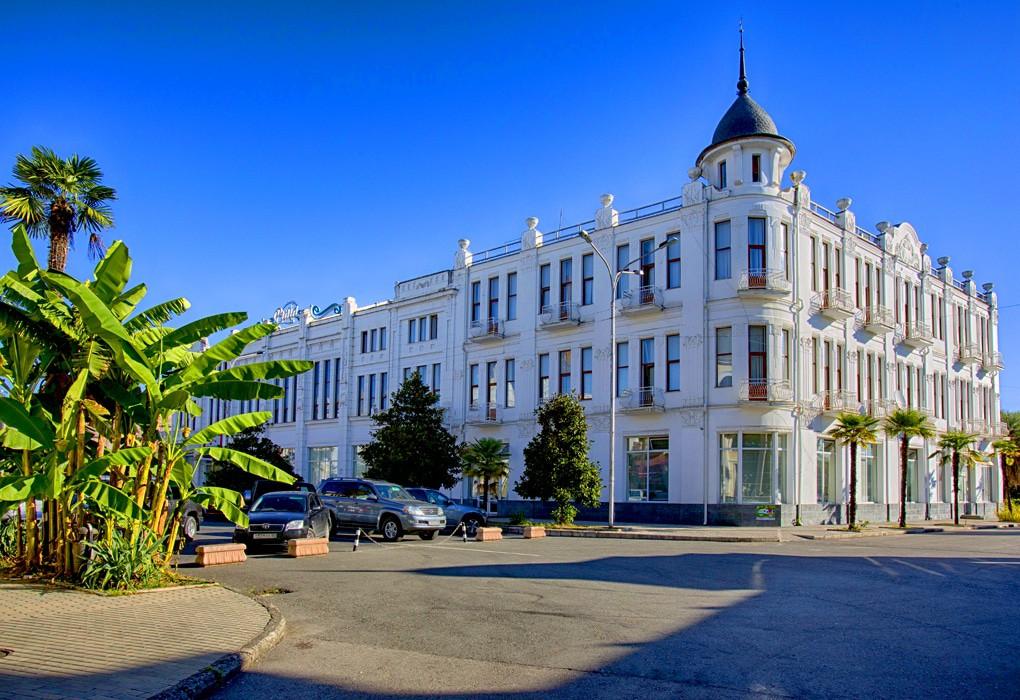
Under no circumstances should we allow a reduction in green spaces by allocating plots of land for commercial or tourist facilities from common use. The primary criterion should be the aesthetics of the city, establishing specific parameters for capital construction. All developers - state and private, must adhere to the urban architectural ensemble, stylistics and aesthetics, ultimately respecting the spirit of the city! It is the task of the city authorities to monitor this diligently.
Other reasons to prohibit certain construction projects in the city centre relate to the infrastructure support for new buildings. This requires professional calculations to determine whether the water supply, sewage, and power grid systems can cope with the additional load. Given the number of incidents in all the listed areas, this is a serious concern for the residents of the entire city, particularly its centre. An important issue is also the necessity to allocate space for parking spaces, trash containers, and more, and there is hardly any free space left in the central part. Unfortunately, some developers often overlook municipal infrastructure issues, which can lead to irreversible mistakes, for which both residents and city guests will have to bear the cost.
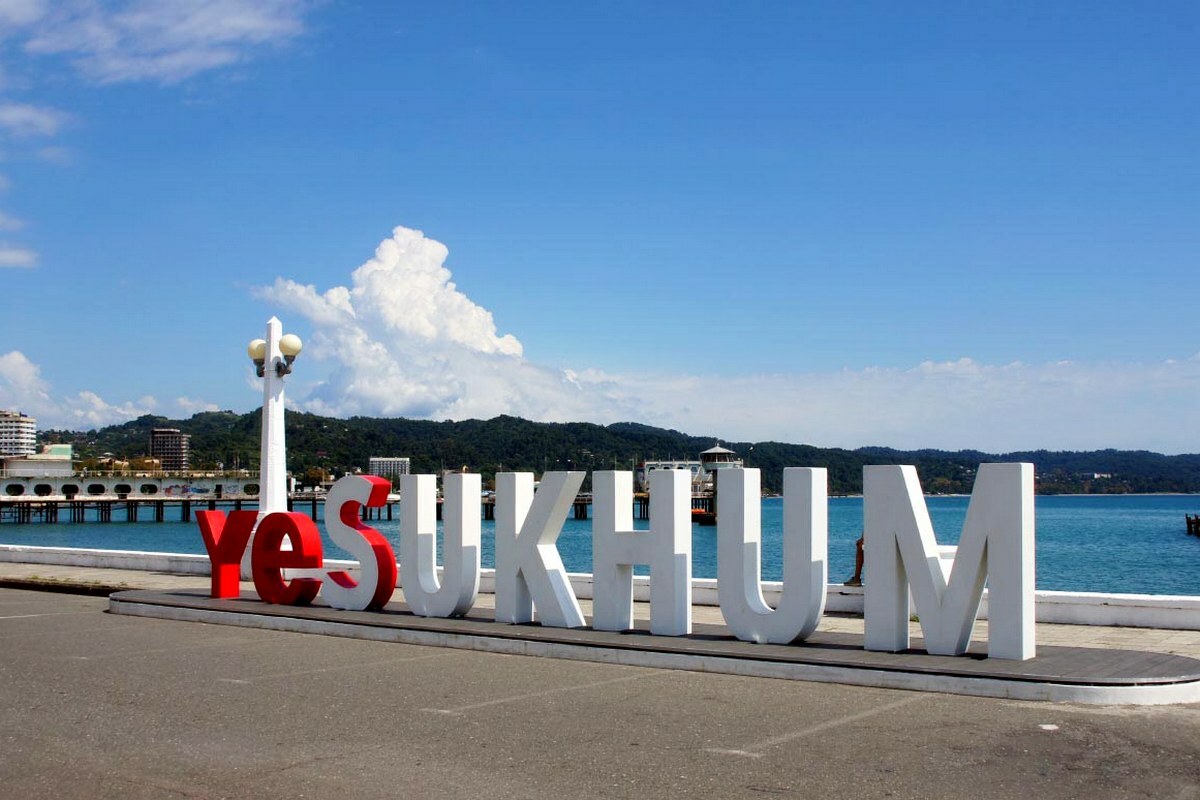
What is your opinion on high-rise construction in light of the current discussion about construction near the embassy?
― As I've mentioned, the key is understanding the value of Sukhum in its entirety - its elegance, integrity, and harmony. I get the impression that those pushing for decisions to construct high-rise buildings in the city centre fail to grasp the special aesthetics and uniqueness of Sukhum. When this understanding is lacking, when architects do not appreciate the value inherent in the established historical and cultural environment, when they do not feel the spirit of the city, that's when problems arise.
The issue is not about specific projects; the same building might be appropriate in a different context. The problem lies in the fact that the project was conceived in isolation, without considering Sukhum's stylistic context. And it's not even solely about what the building itself represents. While the facade might be interesting, the primary question is: how does this building fit into the space? This is the crux of the matter. A high-rise building doesn't just fail to fit into the city's seaside landscape; it disrupts the space, unjustly becoming the new dominant feature of our promenade. Like a discordant note, this building would disturb the established harmony of the historical centre.
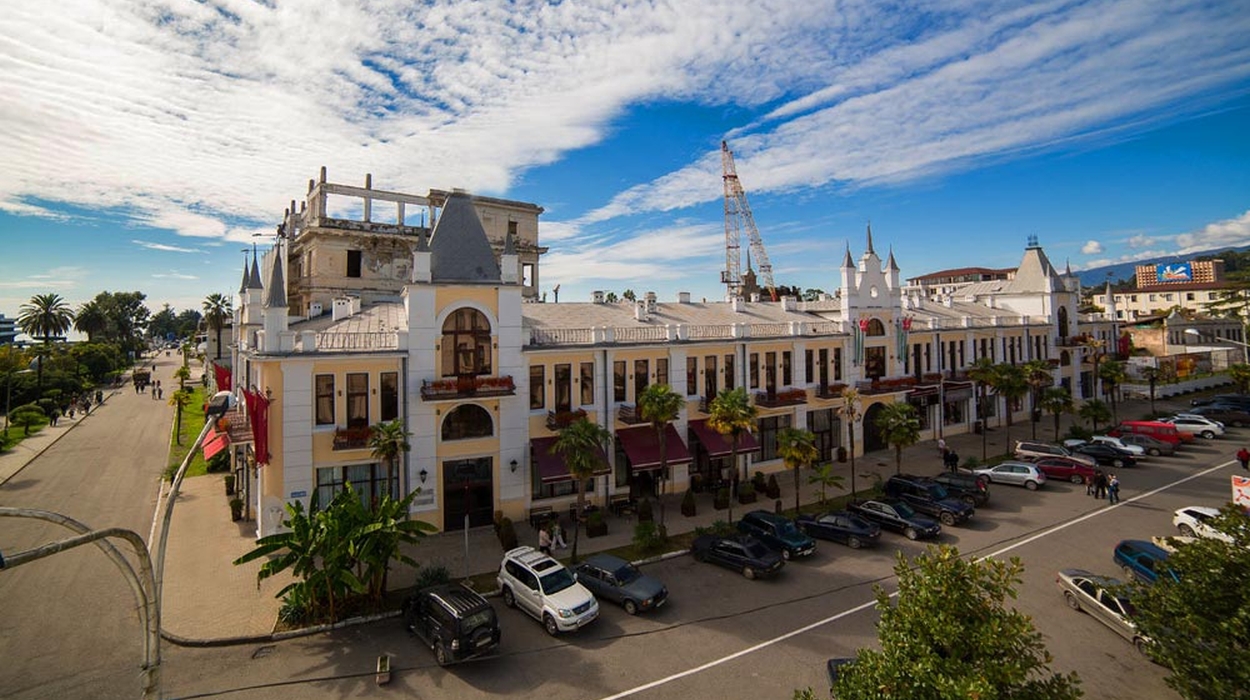
I understand how challenging it is to resolve this problem today when eight floors have already been erected and substantial funds have been spent. I realise there are no painless solutions to this construction issue; everything has progressed too far. The only potential compromise I see is the dismantling of the top three floors. In this regard, the state should assist the developer, because preserving the unique urban space is the responsibility of the state, primarily the city administration, but not exclusively, since we're discussing the capital of the country. There could be different solutions, depending on the situation - compensation, a preferential loan, allocation of a plot, among others.
It must be stated that when the parameters of capital construction in the very heart of the city disregard the integrity of the existing architectural ensemble, it clearly signals the absence of an urban planning policy. This is a dangerous situation for the city, a situation that hasn't changed for 30 years. Asserting that all controversial constructions can be explained by the absence of a master plan does not hold water, as it was always possible to at least delineate the boundaries of the historical centre, within which strict limitations would apply. This is precisely what the city patriots, the deputies of the city Assembly, did when they adopted a resolution restricting the height of newly constructed buildings. However, this resolution was conveniently forgotten to serve the interests of those who resist clear rules in the intricate and profitable urban development sphere.
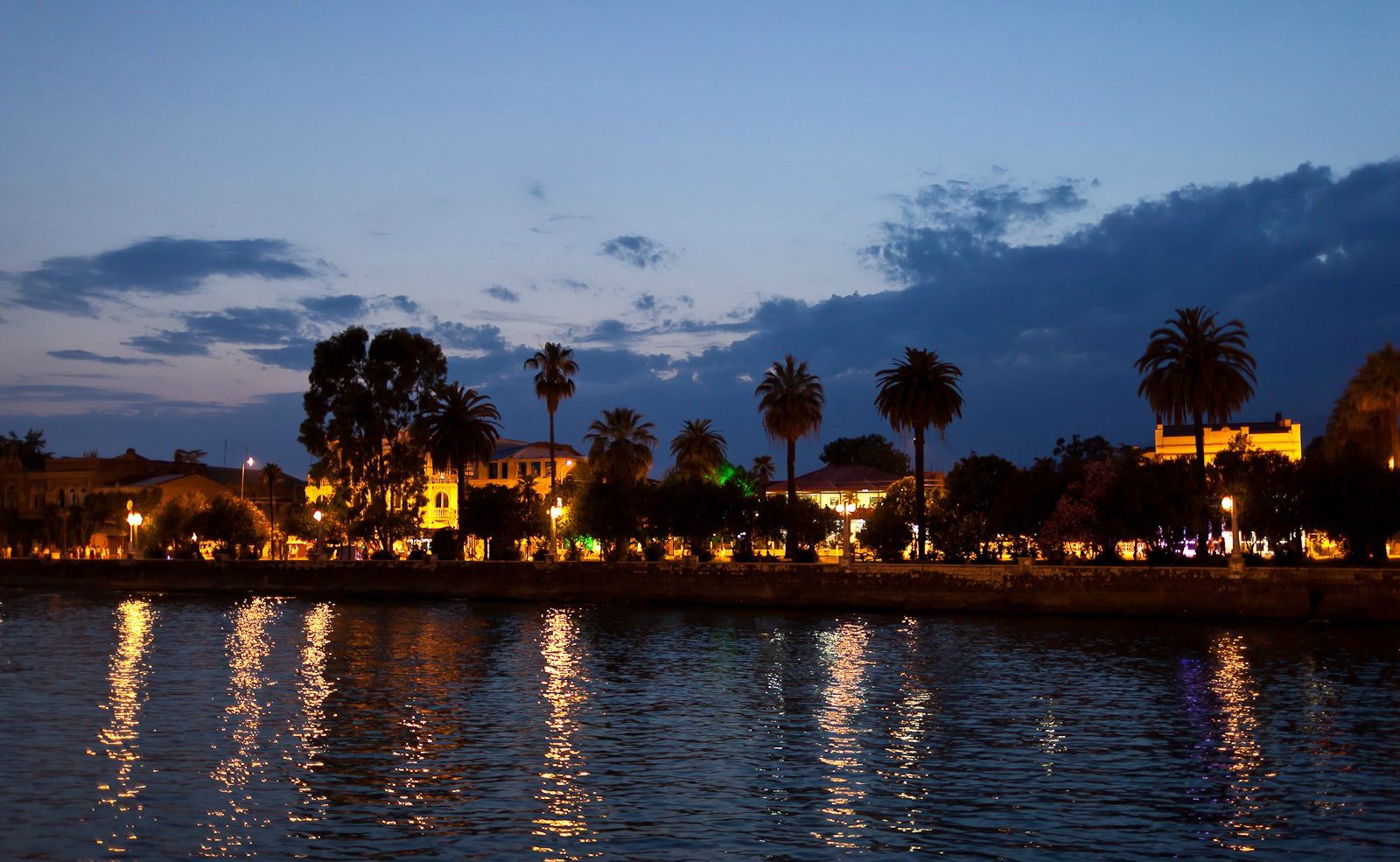
If we don't halt this devastating trend for the city today, new developers, driven by economic interests, will continue to advocate for high-rise construction in the centre of Sukhum. Unencumbered by the need to preserve the stylistics of urban space, they will heighten the building on the fly, understanding that more floors equate to more profit. The strong public reaction suggests that it's time to hit the brakes. Spontaneous initiative groups of citizens have started to emerge, united by the shared concern of preserving the appearance of their beloved city.
We need to recognise that these problems have been building up for decades, forming a negative practice that can only be changed through the joint efforts of city and republican authorities, business, and civil society. We are at a crossroads today - either to embark on a path of confrontation marked by mutual accusations and legal proceedings, or to arrive at a shared interest in opposing processes that lead to the depersonalization of the city. I believe the latter path is more constructive and promising.
Regardless of how beautiful the facades of skyscrapers might be, their construction will lead to the depersonalization of Sukhum.
In your opinion, how should the central part of our city develop?
― If we are to be responsible stewards of our country, zones for the protection of natural and urban landscapes must be defined. Undoubtedly, the central part of Sukhum should be one such zone, where development is governed by strict rules. Yes, we may have missed many opportunities already, but that doesn't mean the process of city development should be left to random chance. Those who currently perceive the escalating debate regarding the construction of high-rise buildings with indifference, or even irritation, perhaps fail to comprehend that we are discussing the potential for irreversibly losing the cherished character of our city.
Respected Russian architects describe similar processes in Sochi as a landslide disaster, chaos, depersonalization, and an irreparable loss of the city-resort's stylistics. Cities that possess their unique identity should not develop solely according to the laws of business and depend entirely on the investment climate.
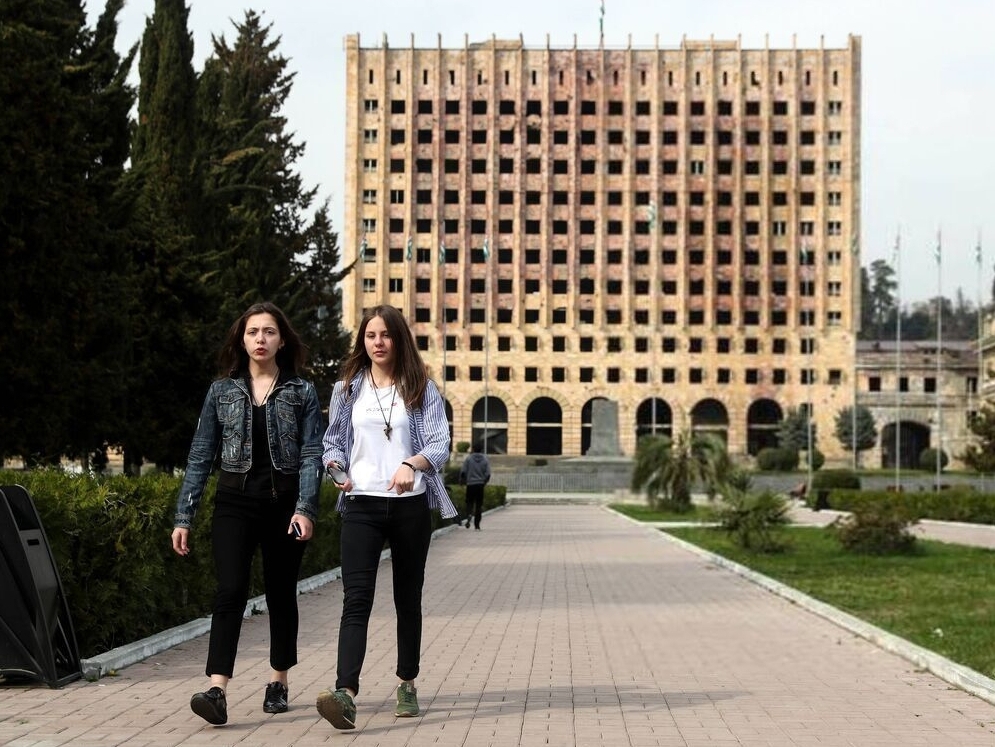
Unfortunately, some urban planners, to put it mildly, have a peculiar understanding of modernity. They believe that the construction of high-rise buildings will modernise our city. In reality, it will only destroy the existing ensemble and demonstrate how far removed we are from a truly modern attitude towards urban heritage. One could name many renowned cities and capitals globally that have preserved their appearance, primarily due to restrictions on high-rise construction. As is known, even in Dubai, low-rise construction is becoming increasingly popular. In this context, the plans of some architects to insert skyscrapers into our city blocks seem like an antiquated approach.
Looking to the future, the primary principles of Sukhum's development should be safety, environmental sustainability, aesthetics, preservation of historical and architectural heritage, and ensuring public spaces are convenient and accessible for everyone. The old city centre should become a protected area. We need to preserve and rejuvenate our parks and roadside green plantations, restoring Sukhum's reputation as a shady and blooming city. In the Lighthouse area, a recreational park should be established around the extensive pond-lake there. This could be an excellent opportunity for our entrepreneurs!
Given that the two main city transport arteries are already struggling with increased load, it's crucial to plan new routes and interchanges. We need to return to the discussion of the Sukhum bypass road and the issue of sea communication within the city. Simultaneously, it would be beneficial to expand the pedestrian zone along the city's coastal line.
An important task should be to rid the city of valueless ruins and spontaneous dumps. Living in the city should be comfortable. Districts distant from the centre should be the areas of intensive construction, where, if necessary, the construction of multi-story, high-rise buildings is permissible. The development of the central part of the city should be conducted with great delicacy and quality.
New high-rise buildings can be constructed on the outskirts of the city and in other areas. No one forbids this, except for reasonable restrictions related to the high seismic risk of the entire region. When deciding on new construction in the city centre, the primary consideration should not be the value of the project itself - a building can be beautiful and high-quality - but rather, how the new building will integrate with the urban environment, and how harmoniously it will be perceived against the backdrop of the already established Sukhum landscape. In the centre of Sukhum, buildings that would be quite appropriate in other cities may appear out of place.
At the same time, the resort should not eclipse the capital. The parameters of permissible capital construction should be legislated. It would be ideal if the architecture of new buildings were unique, employing modern materials, but thanks to well-proportioned designs and characteristic elements, would correspond to the established Sukhum style. Only then will we manage to preserve the face of our city. We already have examples of such considerate and responsible construction, and this gives us hope.